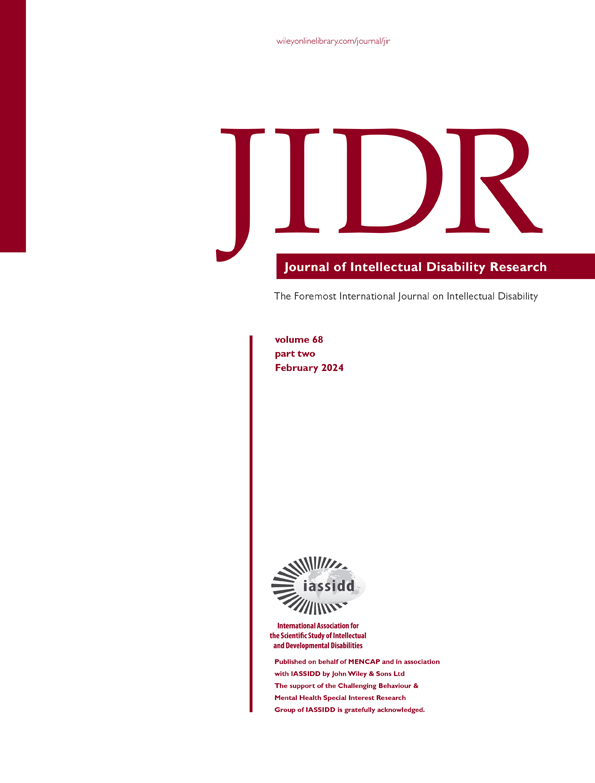On-field physical activity of Special Olympics athletes and Unified Partners during the 2022 Special Olympics World Unified Cup
Abstract
Background
Special Olympics is a sport organisation spearheading efforts to increase physical activity accessibility through inclusive sport. The Unified Sports® initiative brings together Special Olympics athletes (with intellectual disabilities) and Unified partners (without a disability) in sport training and competition on the same team. The study aims to objectively evaluate differences in on-field physical activity levels between athletes and partners during the 2022 Special Olympics World Unified Cup, an international soccer (i.e., football) competition. Participants were Special Olympics athletes (n = 96; 44 females, 52 males) and Unified partners (n = 70; 34 females and 36 males) competing in the women's and men's tournaments.
Methods
On-field actigraph accelerometry measured physical activity from 166 players, over 29 matches, and totalling 493 player-matches.
Results
In the women's tournament, nearly identical estimates of moderate-to-vigorous physical activity levels (MVPA) were observed between athletes and partners (P = .409). However, a significant group difference was observed within a specific physical activity intensity category as partners accrued more minutes of very vigorous physical activity than athletes (P < .001). In the men's tournament, no significant differences were also observed between athletes and partners for minutes of MVPA (P = .341), but athletes engaged in significantly more vigorous physical activity (P < .001), and partners had more minutes of very vigorous physical activity (P < .001).
Conclusions
The results suggest that on-field physical activity levels were similar between players with and without intellectual disabilities during Unified Sports competition.
Conflict of interest
No conflicts of interest have been declared.
Open Research
Data availability statement
The authors elect to not share data.




